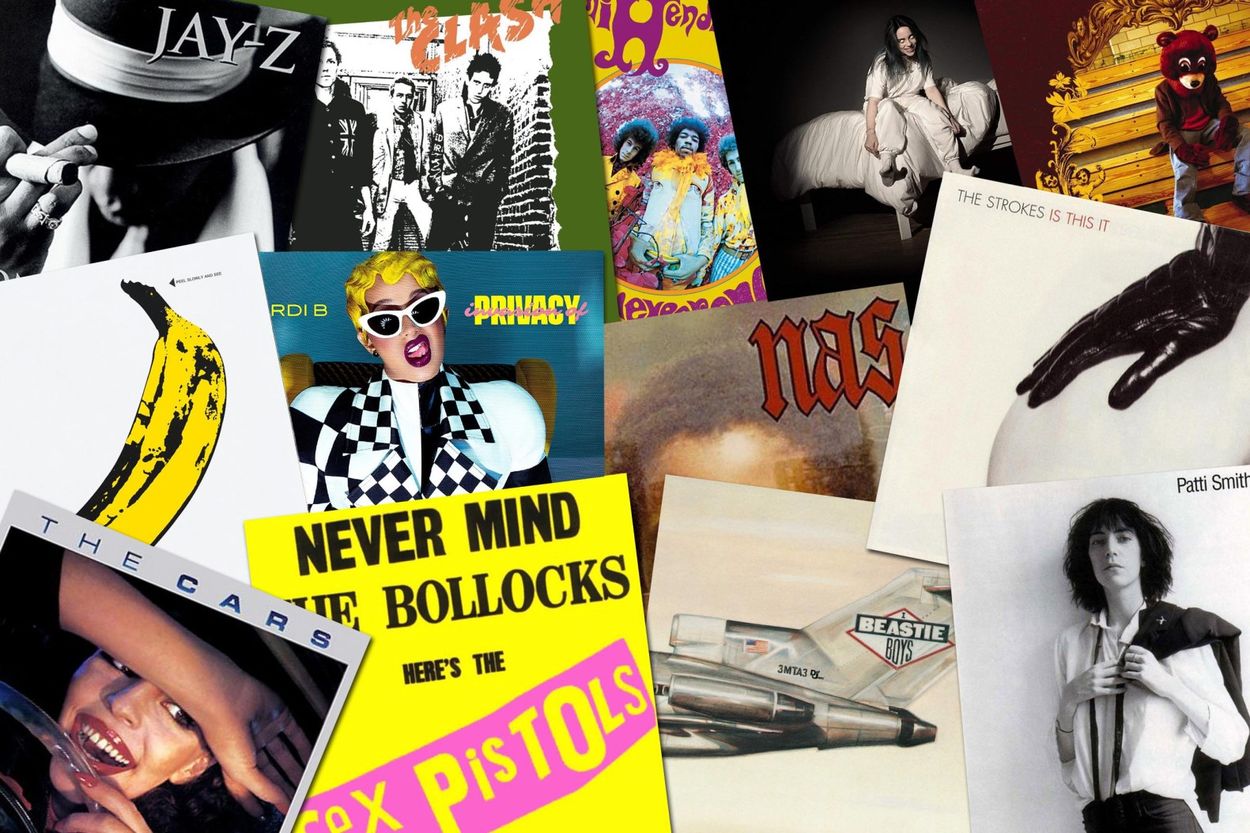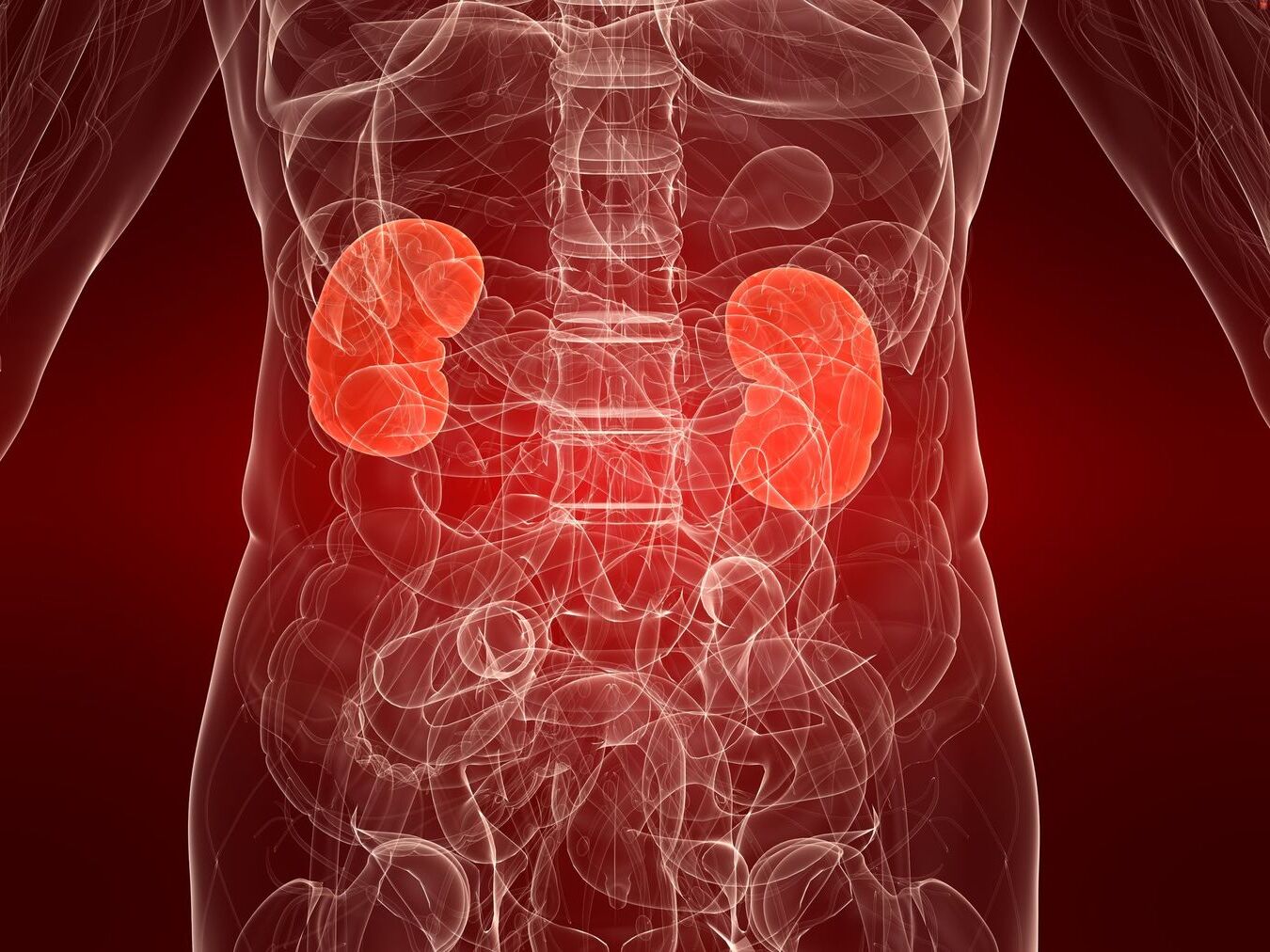
What was the Dancing Plague of 1518? Imagine a summer day in 1518, Strasbourg. Suddenly, dozens of people start dancing uncontrollably in the streets. This bizarre event, known as the Dancing Plague of 1518, saw people dance for days, sometimes until they collapsed from exhaustion or worse. No one could explain why it happened. Some thought it was a curse, others blamed it on hot blood. The town even hired musicians to keep the dancers moving, hoping it would cure them. Instead, the dancing spread. This strange episode remains one of history's most puzzling medical mysteries. Curious to learn more? Keep reading!
Key Takeaways:
- The Dancing Plague of 1518 in Strasbourg, France, where people danced uncontrollably for days, remains a mysterious event with theories ranging from medical conditions to supernatural causes.
- The event highlights the impact of stress and social conditions on human behavior, emphasizing the need for understanding psychological and social factors in dealing with mass psychological phenomena.
The Mysterious Dancing Plague
The Dancing Plague of 1518 is one of history's most bizarre events. Imagine people dancing uncontrollably for days, even weeks, without stopping. This strange phenomenon has puzzled historians and scientists alike.
- The Dancing Plague began in July 1518 in Strasbourg, France.
- A woman named Frau Troffea started dancing in the street without any music.
- Within a week, 34 others joined her in this involuntary dance.
- By the end of the month, the number of dancers had swelled to around 400.
- Many dancers collapsed from exhaustion, and some even died from strokes or heart attacks.
Causes and Theories
What could have caused such a strange event? Several theories have been proposed over the years, ranging from medical conditions to supernatural explanations.
- Some believe the plague was caused by ergot poisoning, a hallucinogenic mold found in damp rye bread.
- Others think it was a case of mass hysteria, where psychological stress led to physical symptoms.
- Another theory suggests it was a form of religious fervor or a ritualistic dance gone wrong.
- Some historians argue it was a social phenomenon triggered by extreme stress and poverty.
- There are even theories that suggest it was a form of collective psychogenic illness.
Historical Context
Understanding the historical context can provide clues about why the Dancing Plague occurred.
- The early 1500s were a time of great hardship in Europe, with famine, disease, and poverty widespread.
- Strasbourg, where the plague occurred, was particularly hard-hit by these conditions.
- The region was also experiencing religious turmoil, adding to the stress and anxiety of the population.
- Medical knowledge at the time was limited, and many illnesses were attributed to supernatural causes.
- The local authorities initially encouraged the dancing, believing it would help the dancers recover.
Medical and Social Responses
How did people react to this bizarre event? The responses ranged from medical interventions to social measures.
- Physicians of the time believed the dancing was caused by "hot blood" and recommended more dancing to cure it.
- Musicians were hired to play music, and professional dancers were brought in to keep the afflicted moving.
- Eventually, the authorities realized that encouraging the dancing was making things worse.
- They banned music and dancing in public places and built a special stage for the dancers to contain the phenomenon.
- The dancers were later taken to a shrine dedicated to St. Vitus, the patron saint of dancers, in hopes of a miraculous cure.
Modern Interpretations
Modern science has provided new insights into the Dancing Plague, but many questions remain unanswered.
- Some researchers believe the event was a form of chorea, a neurological disorder characterized by involuntary movements.
- Others think it was a case of conversion disorder, where psychological stress manifests as physical symptoms.
- The phenomenon has been compared to other instances of mass hysteria, such as the Salem witch trials.
- Some scientists argue that the event was a unique combination of social, psychological, and environmental factors.
- Despite modern advances, the exact cause of the Dancing Plague remains a mystery.
Cultural Impact
The Dancing Plague has left a lasting impact on culture and has been referenced in various forms of media.
- The event has been depicted in paintings, literature, and even modern films.
- It has inspired numerous academic studies and books, exploring its causes and implications.
- The Dancing Plague is often cited as an example of the power of psychological and social factors in shaping human behavior.
- It has also been used as a metaphor for uncontrollable social phenomena and collective behavior.
- The event continues to fascinate and puzzle people, making it a popular topic for documentaries and historical investigations.
Lessons Learned
What can we learn from the Dancing Plague? This strange event offers valuable insights into human behavior and the impact of stress and social conditions.
- The Dancing Plague highlights the importance of understanding the psychological and social factors that influence health.
- It shows how extreme stress and hardship can manifest in unexpected and bizarre ways.
- The event underscores the need for compassion and appropriate medical interventions in dealing with mass psychological phenomena.
- Finally, the Dancing Plague reminds us of the mysteries of the human mind and the complexities of historical events.
The Dancing Plague's Legacy
The Dancing Plague of 1518 remains one of history's most bizarre events. Hundreds of people danced uncontrollably for days, some even to their deaths. This strange phenomenon has puzzled historians and scientists alike. Theories range from mass hysteria to ergot poisoning, but no single explanation fits perfectly.
What makes this event so fascinating is its blend of mystery and tragedy. It serves as a reminder of how little we sometimes understand about human behavior and the mind. The Dancing Plague also highlights the importance of context in interpreting historical events.
While we may never fully grasp why it happened, the Dancing Plague continues to captivate our imaginations. It stands as a testament to the complexities of human nature and the enduring allure of the unexplained.
Frequently Asked Questions
Was this page helpful?
Our commitment to delivering trustworthy and engaging content is at the heart of what we do. Each fact on our site is contributed by real users like you, bringing a wealth of diverse insights and information. To ensure the highest standards of accuracy and reliability, our dedicated editors meticulously review each submission. This process guarantees that the facts we share are not only fascinating but also credible. Trust in our commitment to quality and authenticity as you explore and learn with us.


